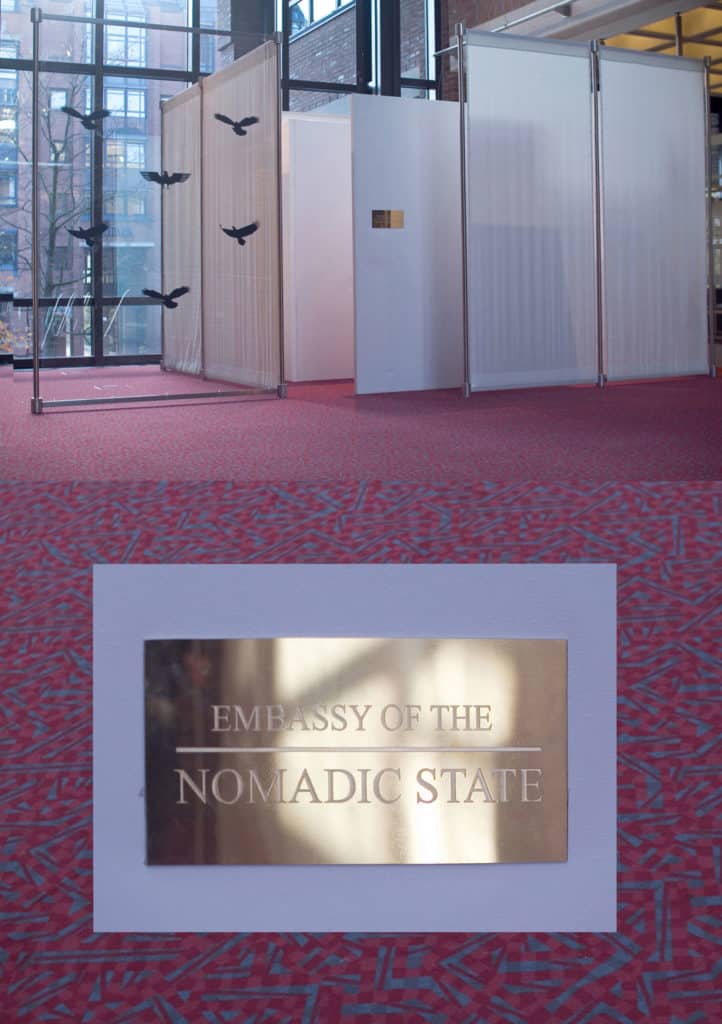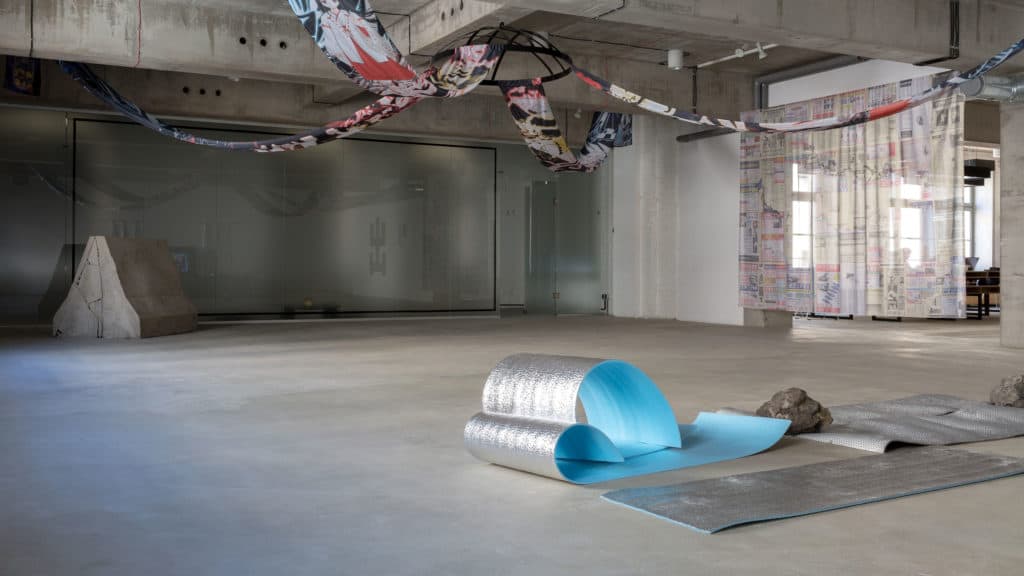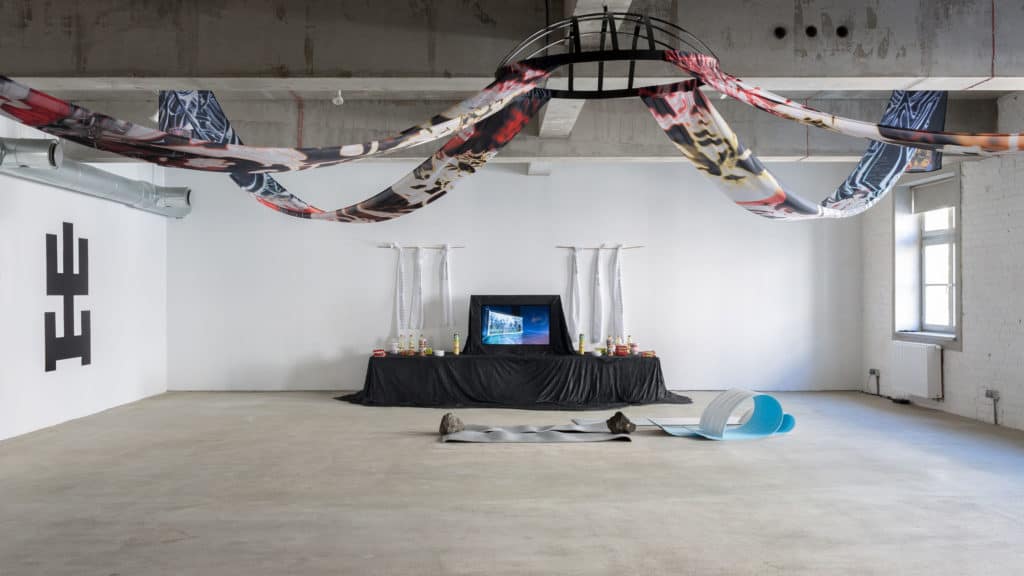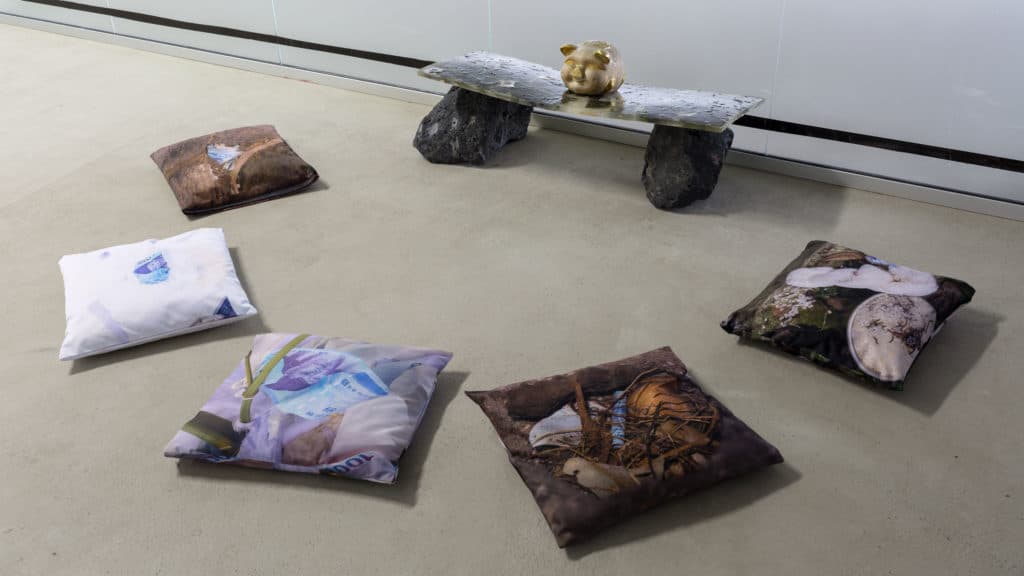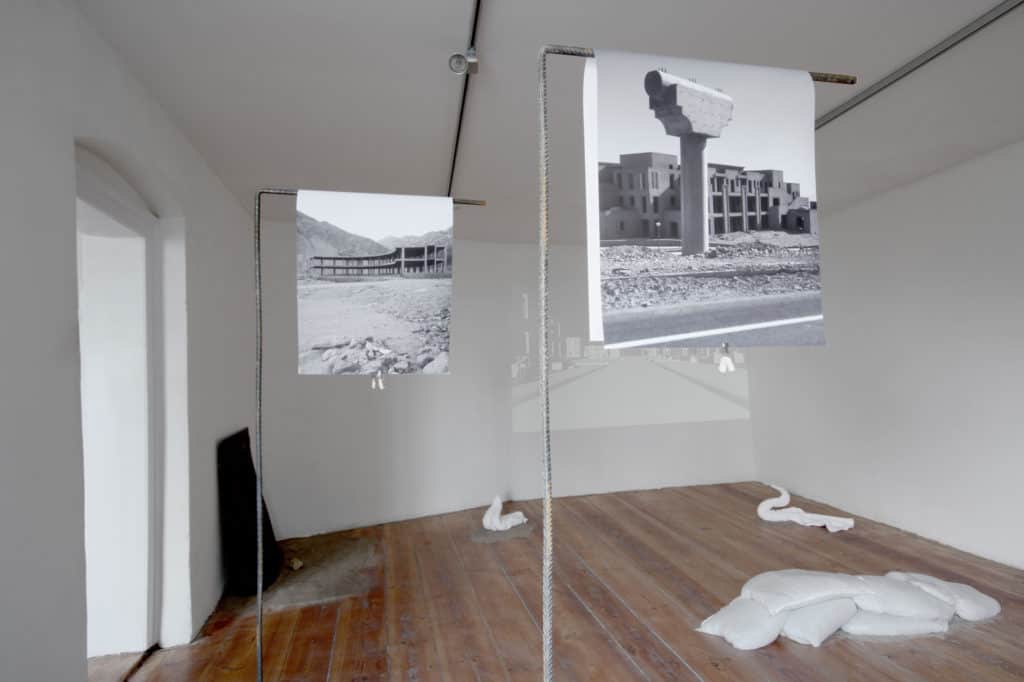[…]
– And where does the snow come from?
– You will see it out there, it comes from the Moon. There is always snow on the Moon, that’s why it’s always white. White and cold. You have to look very carefully.
– Why is that?
– It’s because the Moon takes the water out of the ocean, and when night falls, the tips of the mountains attract the snowflakes. The snow has salt in it, but only as much salt, as we have in our tears.
– And here, on Earth?
– It’s very far away. You must keep going West, four years on horseback and ten on foot. And after that, there are high mountains. They rise higher and higher, right over the clouds. And then, above the clouds, then you find the snow! It only falls in the night time. Just like feathers…
[…]
Cobra Verde, Warner Herzog, 1987
If it wasn’t Herzog who wrote the script of the Ghana-based “Cobra Verde” (1987), it could have been a slightly embellished story from one of the faraway trips made by Karolina Mełnicka and Stach Szumski. It’s been already three years since the artists began the Nomadic State project. They came up with the idea of a micro country – an unofficial, political organ with no permanent location. The organisation was created in response to the global spread of political anxiety and the common feeling of dispersion of nationalities. One has to admit, there hasn’t been a better moment to create one’s own country!
The artistic couple divides their chockablock lifestyle mainly into travelling, learning and riding the waves of augmented reality, as well as against its current. They find pleasure in deep historical research as well as in arranging crowded art events. The multitude of mind absorbing enterprises that they participate in fortunately finds its fair recognition. Mełnicka and Szumski actively build the contemporary Polish art scene, feeding it with freshness, social engagement and pure heart.
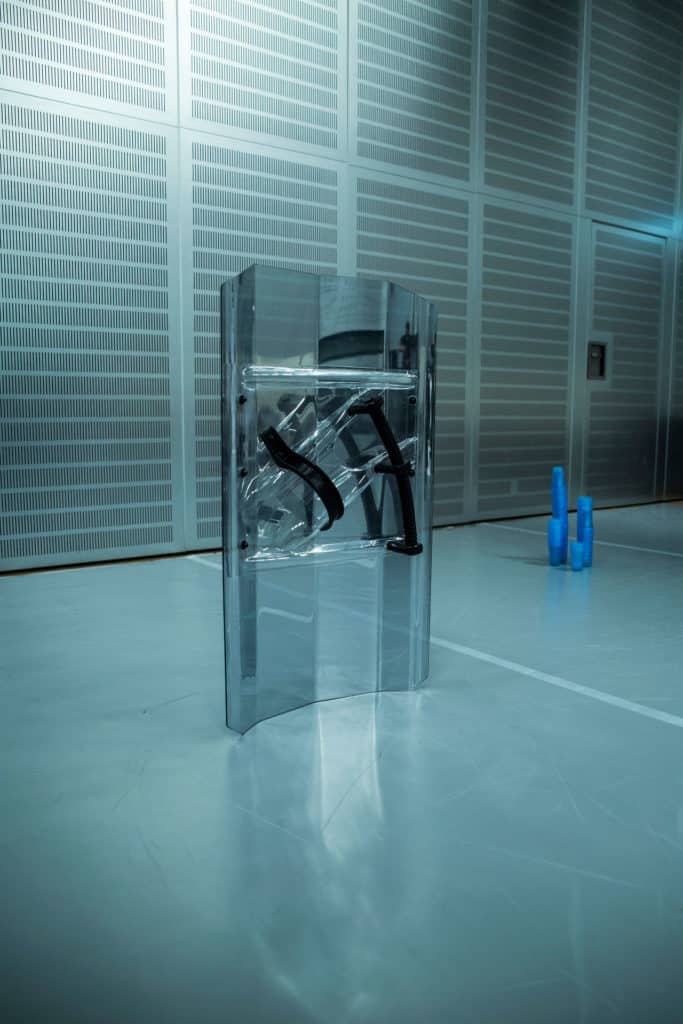
Together with Karolina Mełnicka, we did a scenography for Iza Szostaks performance “National Affairs” – Nowy Teatr in Warsaw.
From 6th April to 19th May 2018, their show “In search of the meaning of life” was exhibited in the BWA studio gallery in Wrocław. The artists’ journey began as a ‘blablacar’ trip (the app which connects drivers with empty seats and people travelling the same way) embarking smoothly from the Central Station in Warsaw. After they arrived at the Siberian Republic of Altai over 7,000 km away, they continued through the Korean island of Jeju and finished in Japan. Tastes like a peculiar, yet sacred fruit’s juice, blended with the spice of madness, doesn’t it? Any “Fitzcarraldo” coming to your mind? The story of their excursion became the main axis of the exhibition in Wrocław. As the artists explain: “The main question provokes facing the issue of spirituality in the context of new technologies and expansive policies. It’s possible that this trip doesn’t end in Korea, neither in Poland, nor anywhere else in the world. Just as there is a possibility that the meaning we are asking for, doesn’t exist”[1]. Mind the “anywhere else in the world” and yes, you are not getting it wrong. We have just arrived at “Encounters at the End of the World” vamped up with the existential, humanistic face of contemporaneity, youth and the internet, and we are here to stay.
Nomadic State is an intentional, well-balanced organism, placed somewhere between poetic fiction and the here and now, where the protagonists take action instead of making complaints. The concept of Nomadic State is embodied not only in the elusive artistic idea, but in the concrete art organism, along with its complex activities, exhibitions, and publicly displayed manifests, where art, politics and science interweave. In the artists’ adolescence, both of them worked more on the surface. Karolina Mełnicka used to write mind-blowing poetry (what a loss she doesn’t continue to do so!), which would make up her public performances, whereas Stach Szumski had a long-lasting romance with painting. He used to paint abstract visuals on uninhabited flats. Having grown-up together and been connected to each other’s souls through their common objective, an artistic couple became much more socially responsible, and finally, three years ago, surprised us with the amusing result in the form of their own micro-country in progress.
Researching, exhibiting, active art-making within a wide range of forms, yet having a socially agile existence seems pretty absorbing. Fortunately, their combined forces bolster their projects, so they are always ready to fix the continually uprising earthly wounds, such as: the politically forced extinction of the coral reef on the Okinawa Island in Japan caused by the creation of American military base; the desolation of touristic infrastructure all over Egypt affected by military conflicts, exhibited as “Tourrorism all inclusive” at 9/10 Gallery in Poznań, Poland, and the smog in Cracow, which they have symbolically battled by bringing in their own ozone in bottles labelled with their logo (somehow similar to United Nations’ one) and handing them to inhabitants of the city during the “Lamesh Ephemeral Art Meeting”.
At their beginnings, they invented a unique concept of a sculpture called “The generator of a monument to the public space of an ideal country”. The project won the “Młode Wilki 2015” art award at the Academy of Art in Szczecin. They used the so-called “non-newtonian fluid” to create a small, ephemeral sculpture, which changed its shape due to sound vibrations formed by a person talking to it. The membrane, which was part of a machine, reacted to the transposed sound waves with a slight trembling. A white, half-fluid material, jumped all over the membrane as it trembled, and took forms loosely assigned to the voice of a speaker. This way you could generate a sculpture of your voice, hence – of yourself. The creative machine was portable, analogically fitting the concept of the Nomadic State itself. The inside joke concerns the abolishment of a multiplicity of monuments created nowadays in Poland suddenly after the socially imposed idols change. This practice isn’t new, but seeing as it hasn’t weakened within the years following communist propaganda, it becomes more and more absurd.
The big gap between how it is and how it could be is an observable feature of the artists’ works. It was already seen in Karolina Mełnicka’s early oeuvre. Take a look at “Windows of Heaven” (2014). The video describes the artist’s journey through the Blue Lagoon in Bali. Indonesia, mixed up with scenes from the artificial “Tropical Island” in the heart of Berlin. She claimed being inspired by “texts of Jean Baudrillard and his thesis regarding theme parks and amusement parks, which, through simulation are hiding the fact of non-existing reality”[2]. The artist’s flow, though, seems to be inherent and more internal than superficially adopted philosophical concepts.
The mysterious Polish scientist Andrzej Jarmułowicz once helped Stach Szumski to create the machine called “Korporgonit” (2015). It was an energetic transformer of negative energy taken from the environment (electrosmog, geopathic radiation, watercourses, mental energies), which converts it into positive and beneficial vital energy. “Korpogonit is the first offensive orgonite to paralyse the negative energy associated with the progressive development of corporate culture”. Raise your hands, those who find corporations depressing! Raise your hands, those who have seen “Ghost Busters”! You definitely represent our generation guys and you do it well!
It’s not always funny though, and it isn’t meant to be. For the Spielart Festival in Munich, the artists created a temporary Embassy. In a site-specific “Nomadic State Embassy” project, based on the interaction with space and audience, they put the importance of the work on visitors. According to the artists: “by studying the role of a national symbol and the aesthetics of public space, as part of the construction of national identity, the Nomadic State refers to the theory of “landschaft” impact on human characteristics. The Embassy confronts this thesis with the modern perception of the public space, by equating the total space as space for people, not as a space of authority. Each visitor of the Embassy was escorted individually, and provided with the robotic voice of the audio-guide he received at the entrance. The oppressive voice led the visitor through each of the Embassy chambers with detailed instructions and a permanent time pressure.
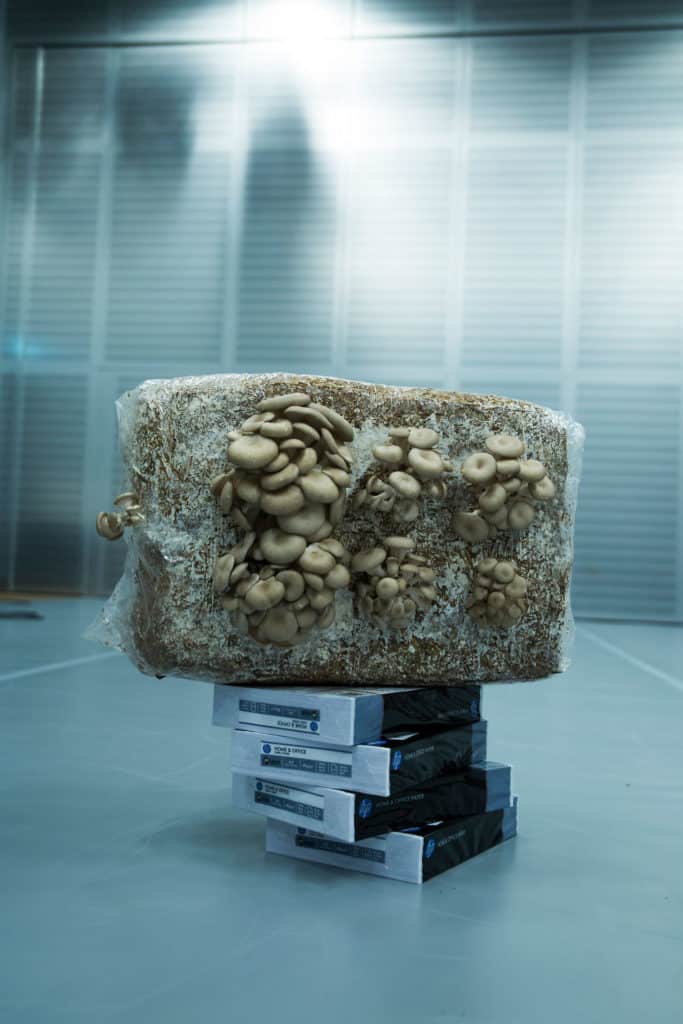
Together with Karolina Mełnicka, we did a scenography for Iza Szostaks performance “National Affairs” – Nowy Teatr in Warsaw.
The Embassy was located in Gaestig which was build in the place of The Bürgerbräukeller. Bürgerbräukeller gained a strong Nazi connection when on 8 November 1923 Adolf Hitler launched the Beer Hall Putsch there; sixteen years later, in 1939, the building was the location of the attempted assassination of Hitler and other Nazi leaders by Georg Elser. It survived aerial bombing in WWII. After the war, it had diverse uses, such as being used as a recording studio. Carlos Kleiber’s famous “La Traviata” was made in the hall in 1976. Bürgerbräukeller was finally demolished in 1979”[3].
The weight of the duos works change because of the child-like sincerity and wise adult mentality with which they approach what they do. “Is this the real life?” one would ask[4]. Opening up reality by the use of Augmented Reality tools can be therefore a remedy for upcoming lost generations. The activity of Nomadic State also underlines another life truth – we always find ways, even if it’s a way around, and that we do care about our planet and each other, even if it’s art, that has to teach us how to express it.
[1] https://www.facebook.com/events/195120761264439/
[2] https://vimeo.com/98213581
[3] http://karolinamelnicka.tumblr.com/post/146961832959/ambasada-nomadic-state-w-monachium-temporary


